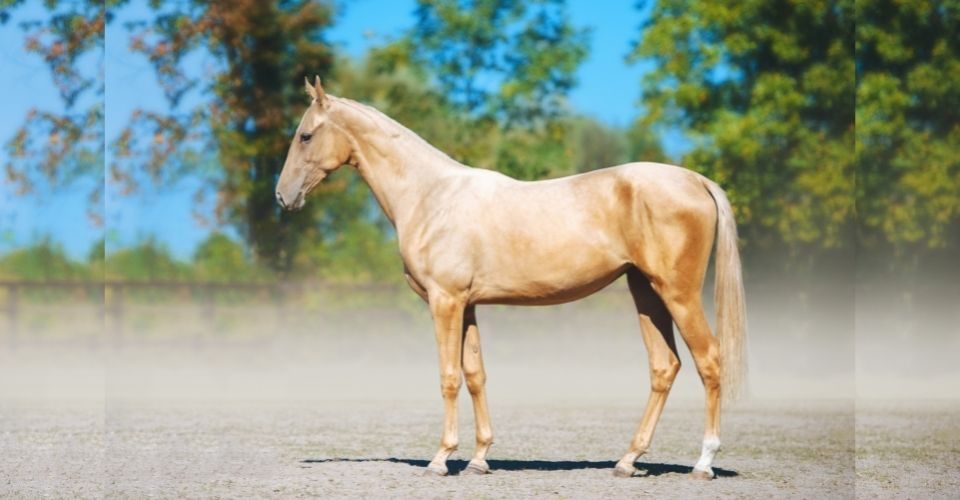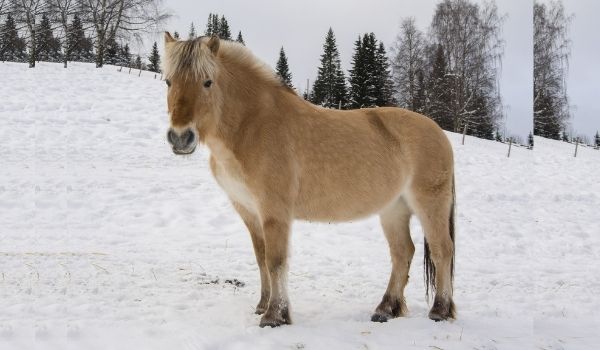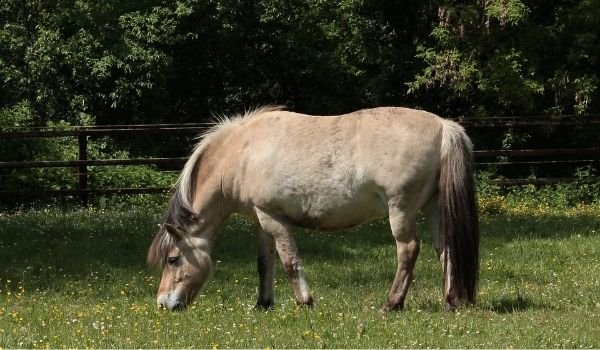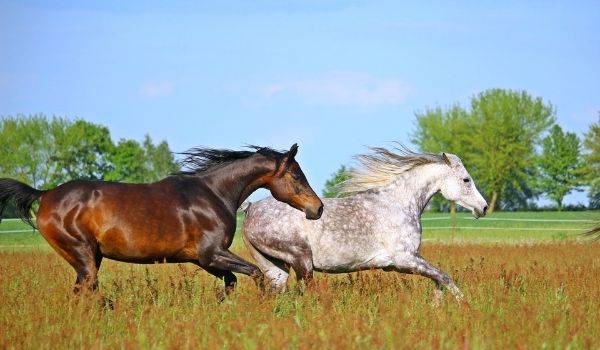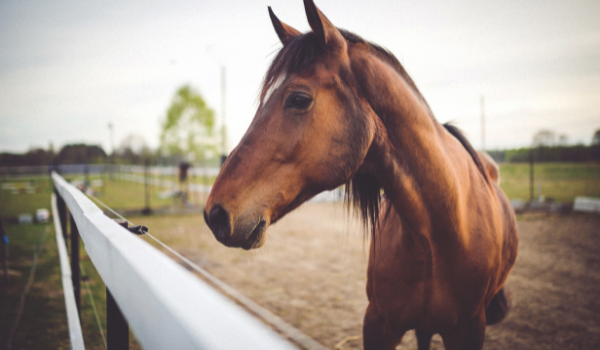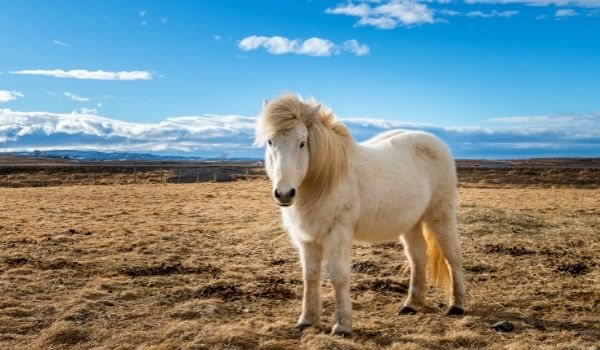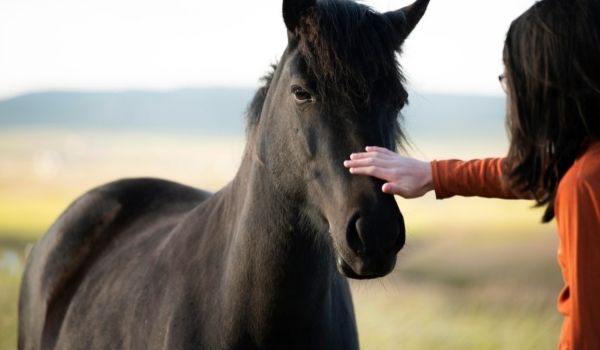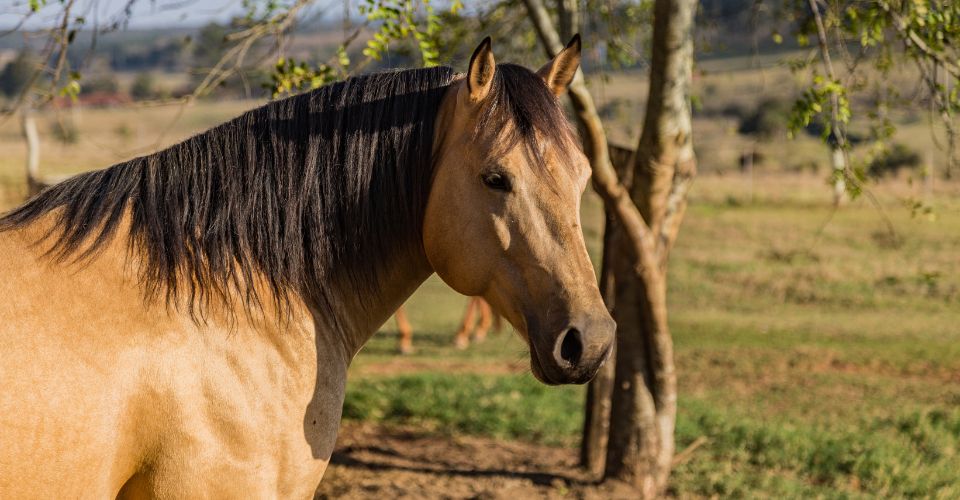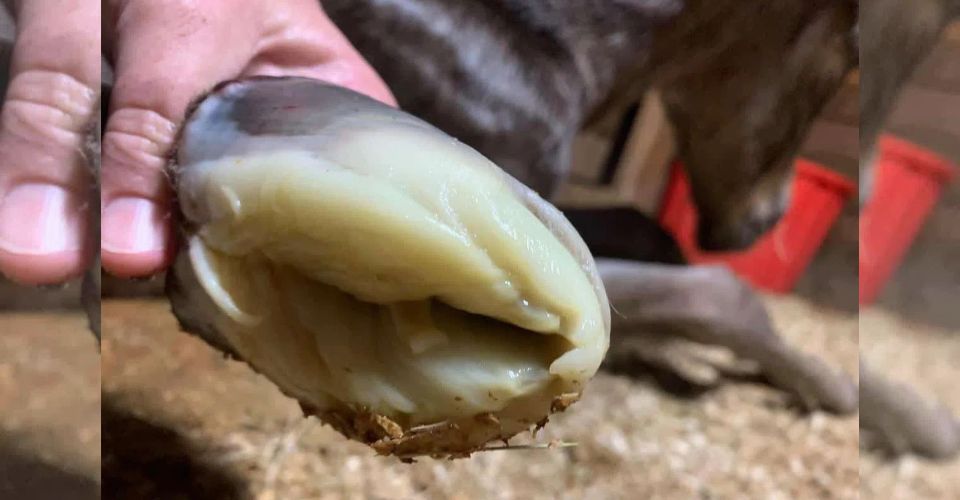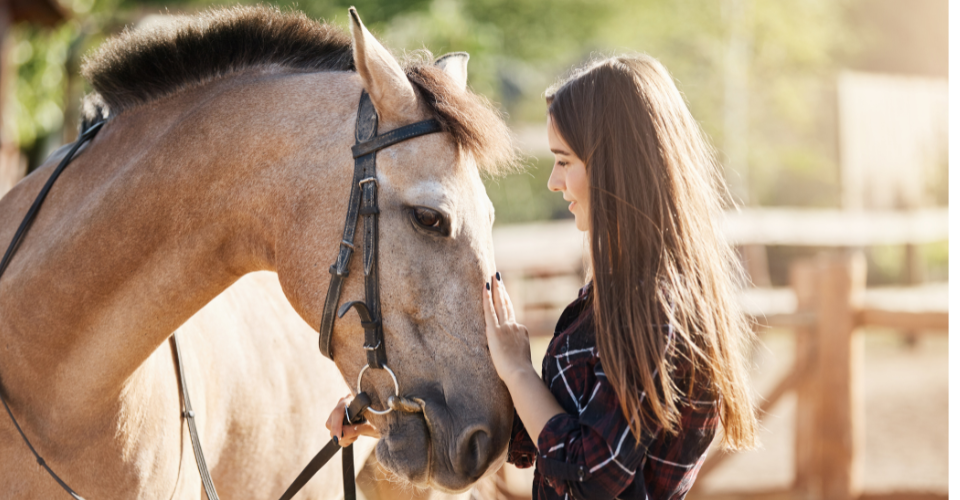Horses have been around for hundreds and thousands of years, but their domestication only started in Eurasian Steppe some six thousand years ago. Soon, given the utility of horses, they were being domesticated across the world.
Over time as people bred horses selectively to develop horses with desirable characteristics, scores of horse breeds started to emerge. Today there are over 200 breeds of horses in the world. Where all horse breeds are beautiful and desired, the oldest horse breeds that not only led to the development of modern horse breeds but also played an important role in human history are invaluable.
To make sure that these invaluable creatures do not get lost in history, we have compiled a list of the oldest horse breeds arranged according to their estimated time of inception.
Saddle up to learn the oldest horse breeds and whether they still exist.
6 Oldest Horse Breeds
Before continuing, you should know that due to gaps in the documented history, many of the dates stated in the article are based on estimates.
6. Akhal-Teké (3,000 Years Old)
The Akhal-Teké Horse Breed Overview
Height: 14 to 16 hands
Weight: 900 to 1,000 pounds
Lifespan: Around 20 years
Place of Origin: Turkmenistan
Also known as the “Golden Horse,” the Akhal-Teké is an old horse breed primarily bred for durability and pace. In fact, with 45 miles an hour speed, Akhal-Teké is one of the fastest horse breeds. These horses originated in the Karakum Desert in central Asia and were first officially bred in 1881. Used for transportation in the beginning, they are assigned various roles at present.
Characteristics
Akhal-Teké is one of the most beautiful horse breeds. They are commonly hued in the bay, chestnut, and palomino; besides, their coat is also known to be very shiny. They are thin-skinned, have a narrow chest, and their forelegs are very straight.
Their main personality traits include friendliness, free-spirited nature, high trainability, and protectiveness.
Interesting Facts
- The Akhal-Teké is the national horse of Turkmenistan.
- A picture of the Akhal-Teké horse is carved at the center emblem of Turkmenistan.
- Akhal-Teké is believed to be one of the founders of the Thoroughbred horse breed.
- Akhal-Teké horses can survive extreme weather – both cold and hot.
- These steeds usually bond with only one person.
- They are rare, with only about six thousand of them left as of now.
- They move in an unusual yet unique way.
- They fall among the most expensive horse breeds. They can cost up to $100,000.
- Absinth, the most famous Akhal-Teké, has won six Olympic medals.
5. The Mongolian Horse (4,000 Years Old)
The Mongolian Horse Breed Overview
Height: 12 to 14 hands
Weight: 550 to 800 pounds
Lifespan: 20 to 40 years
Place of Origin: Mongolia
Experts believe that the Mongolian horse breed is thousands of years old and has links to ancient bloodlines. In the past, Mongolian horses proved very favorable for soldiers due to their low food and water requirements. Presently, they are mostly used in transport and racing.
Characteristics
Mongolian horses have a wild appearance. They are small but stocky with short legs, a large head, and a Roman nose. They exist in several colors, with lighter bellies and darker backs.
Mongolian horses are independent but very docile and friendly. However, they have prey instincts and can act defensively when they feel threatened. Mares are especially aggressive during their first six months of pregnancy.
Interesting Facts
- Mongolian horses are also known as Przewalski’s or Takhi horses.
- They are named after Russian explorer N. M. Przewalski.
- Interbreeding and loss of habitat drove them to near extinction in the 1960s.
- Genghis Khan was able to conquer China with the help of these horses.
- These horses can withstand up to minus 30 degrees Celsius temperature.
- They have 66 chromosomes, unlike other domesticated horses that have 64 of them.
- They move a lot and can easily travel about 13 miles a day. Learn how far can a horse travel in a day.
4. The Norwegian Fjord Horse (4,000 Years Old)
The Norwegian Fjord Horse Breed Overview
Height: 13 to 14 hands
Weight: 900 to 1,200 pounds
Lifespan: Around 30 years
Place of Origin: Norway
Depicted on cave walls since the last ice age, the Norwegian Fjord horse breed is one of the oldest horse breeds. It is believed that Norwegian Fjord horses migrated to Norway around millennia ago, where they were domesticated. Norwegian Fjord horse is not a specialized breed, but they are used for a variety of purposes and are thus considered “jack of all trades.”
Characteristics
Norwegian Fjord horses are small but very strong. Their body is compact and muscular, having sturdy legs and an arched neck. Their mane is distinct and attractive; it is thick and long and is clipped between every five to 10 centimeters.
Coming to personality, these horses are quite calm and cool and not easily feared. However, the ones crossed with Doles can have an aggressive temperament. Due to their friendly persona, they are well-suited for families.
Interesting Facts
- Norwegian Fjords have a thick and durable coat that can withstand harsh winters.
- The Vikings often took them to the battlefields.
- 90% of these steeds are brown dun.
- Only a few of these horses have white markings.
- Two municipalities in Nordfjord, Norway – Eid and Gloppen – have Norwegian Fjords in their coat of arms.
- Though they are not too big, they can carry a weight of up to 200 pounds without any problem. Find out how much weight a horse can carry.
3. The Arabian Horse (4,500 Years Old)
The Arabian Horse Breed Overview
Height: 14.1 to 15.1 hands
Weight: 800 to 1,000 pounds
Lifespan: 25 to 30 years
Place of Origin: The Middle East
The Arabians are among the oldest human-developed horse breeds. Though there are many myths surrounding the evolution of Arabian horses, their exact origin is unknown. However, historians agree that this breed was developed in the Arabian Peninsula. Throughout history, they have been mainly used for transportation and as war horses.
Characteristics
Despite being bred and evolved in a harsh desert environment, Arabian horses are considered one of the most beautiful horse breeds. Their head is small with protruding eyes, and they have marked withers and a short back. Although they exist in several colors, the Arabian Horse Association only recognizes bay, black, chestnut, gray, and roan.
As compared to other hot-blooded horse breeds, Arabian horses are very kind and have a calm temperament. Because of these traits, they are great for children and beginners. Nonetheless, if not treated well, they might become stubborn and aggressive.
Interesting Facts
- Alexander the Great, Genghis Khan, Napoleon Bonaparte, and George Washington owned Arabian horses.
- These horses have been used to develop various famous breeds such as the Thoroughbred, the Quarter, and the Morgan.
- Unlike others, some Arabian horses have one less vertebra and one less bone in the tail. Some also have 17 instead of 18 ribs.
- With an impressive speed of 40 mph, these steeds are among the fastest horse breeds.
- Experts estimate their current population to be about one million.
2. The Caspian Horse (5,000 Years Old)
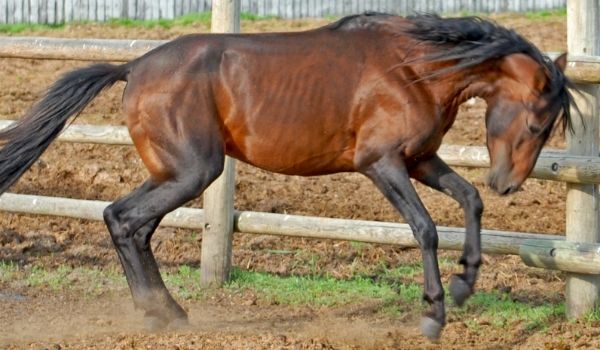
The Caspian Horse Breed Overview
Height: 10 to 12 hands
Weight: Around 1,050 pounds
Lifespan: Around 25 years
Place of Origin: Iran
Appearing in Persian arts as early as 3,000 B.C., the Caspian horse lies second oldest horse breed. Besides, Caspians are also known for being the oldest domesticated horses in the world. These steeds are thought to have evolved in the coastal areas of the Caspian Sea.
Characteristics
Caspian horses are slim and have graceful necks placed over sloping shoulders. Their head is short with an arched forehead, a fine muzzle, large eyes, and comparatively small ears. All-inclusive, they look quite well-bred and elegant miniatures and somewhat similar to Arabian horses. Nevertheless, despite such appearance, these horses are hardy.
Personality-wise, they are kind, willing to please, and sharp. They are easily rideable by the elderly and the children alike. Furthermore, being light and agile, they are considered a great dressage horse breed for beginners.
Interesting Facts
- The Caspian horse breed is also known as the Khazar horse.
- Caspian horses were once thought to be extinct but were rediscovered in 1965 by Louise Firouz, an American horse breeder.
- These horses are the direct ancestors of the Arabian horse breed.
- In the past, these horses pulled the chariot of the King of Persia and hunted lions for Queen Elizabeth II.
- They do not have wolf teeth. Instead, they have an extra set of molars.
- Today, they are at the risk of extinction once again.
1. The Icelandic Horse – 10,000 Years Old
The Icelandic Horse Breed Overview
Height: 13 to 14 hands
Weight: 730 to 840 pounds
Lifespan: 25 to 30 years
Place of Origin: Iceland
Originating about 10 millennia ago, the Icelandic is believed to be the oldest horse breed in the world existing to date. In addition, these horses are also one of the oldest purebreds, mainly because their interbreeding is banned, and the individual Icelandic horse that leaves Iceland is not allowed to return.
Characteristics
Believed to be the descendants of horses from Asia that came along with Vikings to Iceland. Icelandic steeds are rather small yet sturdy. However, due to their somewhat bulkiness, they are not so elegant. Their manes and tails are beautifully long and thick, and they have extraordinary markings on their bodies. Though their coat exists in a variety of colors, the rarest is roan, and the most common are chestnut and brown.
Their physical appearance might be small, their personality is not. They are super-spirited and gentle in temperament. Moreover, they are not easily frightened – thanks to their free-of-predator natural environment. The average lifespan of an Icelandic horse is about 25 to 30 years. Overall, they are curious and friendly but can be relentless and stubborn.
Interesting Facts
- The Icelandic is the only horse breed with five gaits: walk, trot, canter, tölt, and flying pace.
- Though Icelandic horses have small stature, people in Iceland do not refer to them as ponies.
- They can exist in more than 40 different color combinations.
- These horses grow an extra fur layer during winters.
- According to the Viking mythology, two Icelandic horses, Hrímfaxi and Skinfaxi, were responsible for pulling nights and days.
- You will find these horses cooked in Iceland’s restaurants.
Now that you have familiarized yourself with the oldest horse breeds, you may want to check out our list of the biggest horse breeds in the equine world.

